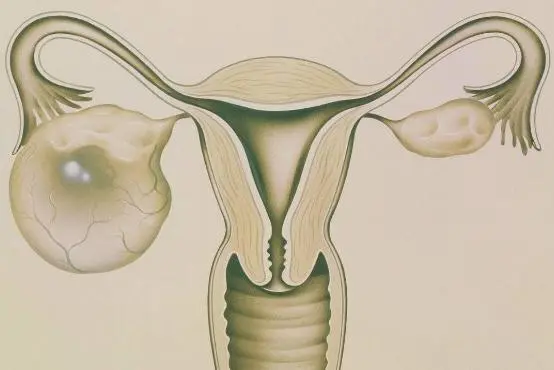Understanding and Managing Cysts: Prevention and Care
Cysts are common benign lesions caused by tissue degeneration or inflammation. While the exact mechanism of cyst formation is unclear, it is generally believed to be related to genetics, endocrine factors, infection, and trauma.
Cysts can develop in various parts of the body, including the thyroid, kidney, breast, liver, ovary, and skin. They are categorized as true or false based on their formation mechanism. True cysts result from the accumulation of normal or abnormal secretions, while pseudocysts arise from tissue necrosis or cavitation due to trauma, infection, or parasites. Cysts can also be classified as benign or malignant based on their association with cancer.
Types of Cysts to Watch Out For
While most cysts are benign and do not require treatment, cysts in certain locations warrant caution.
Liver Cysts
Liver cysts are common benign liver diseases that generally do not need treatment. However, parasitic liver cysts, which form when parasites invade the liver, require surgical intervention to prevent serious liver damage and potential malignant transformation.
Pancreatic Cysts
Pancreatic cysts can occur in various parts of the pancreas (head, neck, tail) and are often related to genetic and environmental factors. These cysts usually present no symptoms and are often discovered during routine exams. However, large cysts can cause nausea, vomiting, loss of appetite, and other symptoms, necessitating careful monitoring.
Ovarian Cysts
The ovary is prone to cyst formation due to endocrine disorders, poor living environments, and excessive stress. While most ovarian cysts are asymptomatic, they can grow and cause inflammation, ascites, and other symptoms if untreated, posing significant health risks.
Renal Cysts
Renal cysts are common and typically asymptomatic. However, large cysts can compress kidney tissue and urinary tracts, causing pain and urinary blockage. Regular check-ups are recommended, and large or multiple cysts may require intervention due to the risk of renal cancer.
Preventing Cyst Formation
Regular Exercise
Exercise boosts immunity and helps prevent cysts. Aim for 3-4 exercise sessions per week, each lasting 30 minutes to an hour. Options include yoga, rope skipping, jogging, aerobics, and swimming.
Maintaining a Positive Attitude
Stress and irritability can contribute to cyst formation. It's important to maintain a positive outlook and find healthy ways to manage stress.
Regular Check-Ups
Congenital cysts require regular medical reviews. If you have a cyst, schedule check-ups every 3-6 months. Monitor any growth and consult a doctor for further evaluation and potential treatment.
Managing Diabetes with FlexPen
For individuals managing diabetes, using a reliable insulin delivery system like the FlexPen can be crucial. The FlexPen is a pre-filled insulin pen that offers convenience and precision, ensuring that blood sugar levels remain stable.
Benefits of FlexPen
Ease of Use: The FlexPen is user-friendly, with a simple dial for accurate dosing.
Portability: Its compact design makes it easy to carry, ensuring you can manage your insulin needs wherever you go.
Precision: The pre-filled pen ensures consistent and accurate insulin delivery, reducing the risk of dosage errors.
Cysts are common and usually benign, but certain types and locations require attention. Regular exercise, a positive attitude, and periodic medical reviews are key to prevention and management. For those with diabetes, the FlexPen offers a reliable and convenient solution for maintaining stable blood sugar levels. Stay proactive about your health to manage cysts and diabetes effectively.

